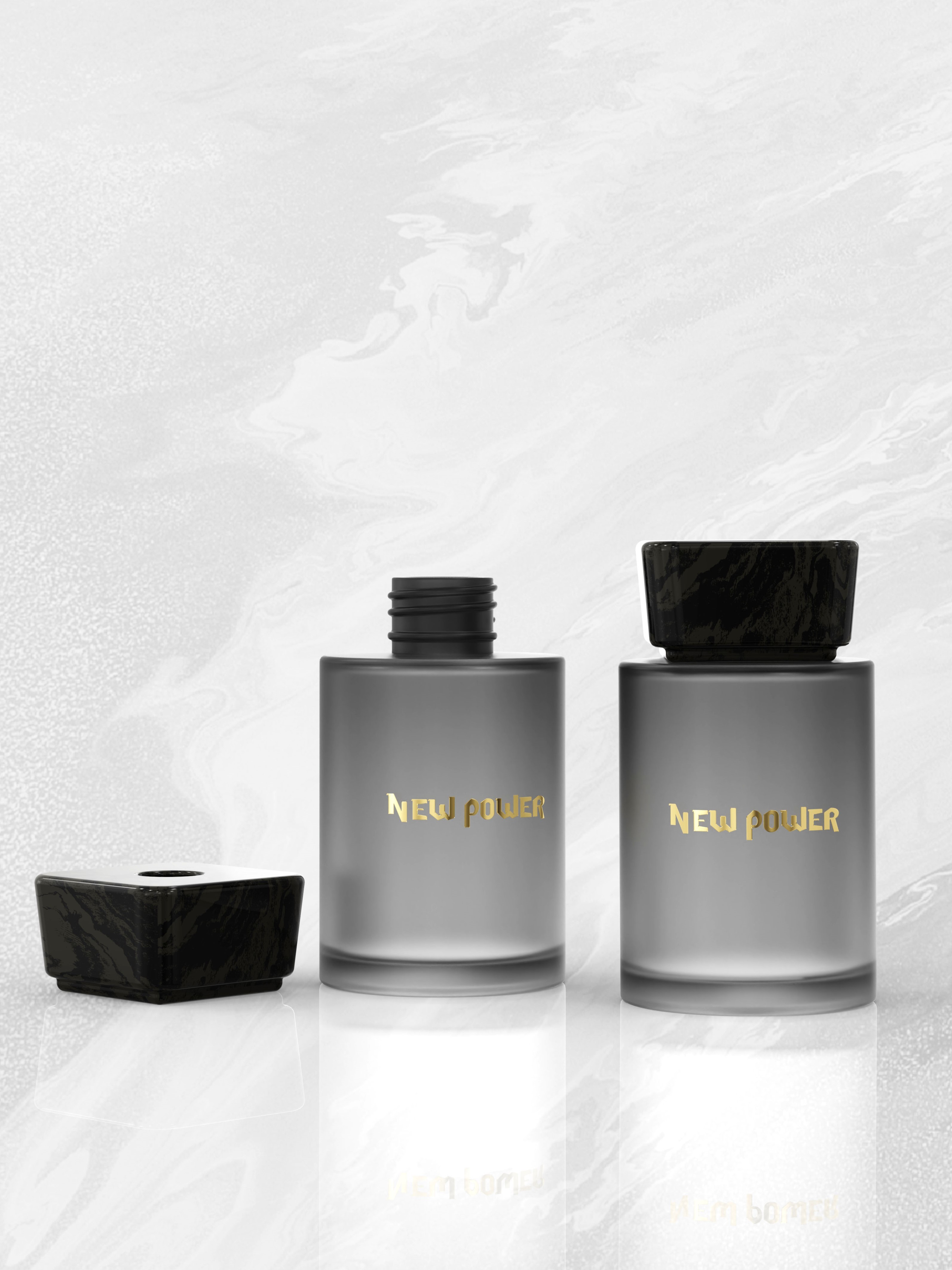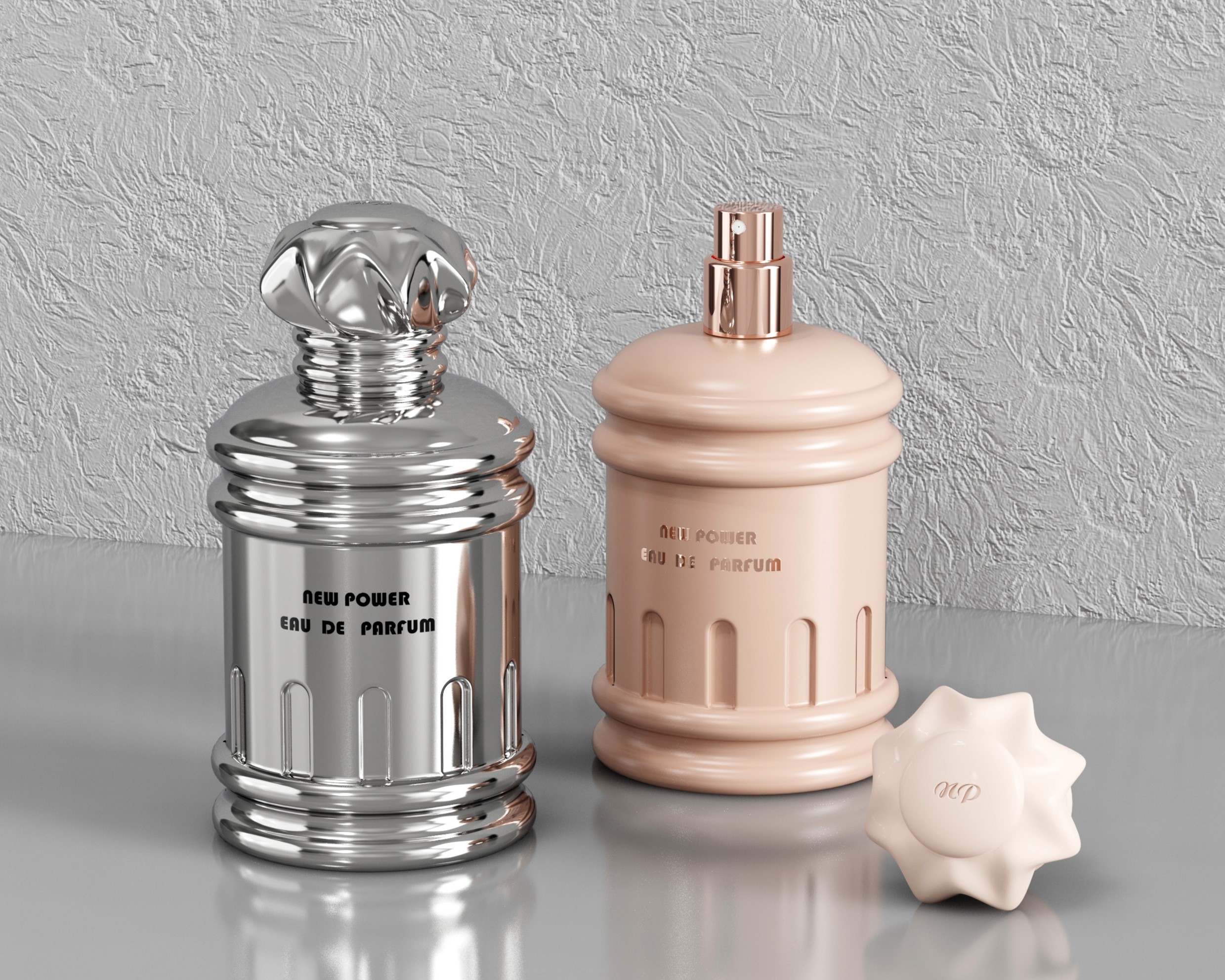Popularity of perfume: an olfactory window of social change
Time:
2025-08-05
Popularity of perfume: an olfactory window of social change
**
When New York white-collar workers make a choice between citrus flavor and woody flavor every morning, when young people in Shanghai rush to buy limited edition oriental flavor in the live broadcast room, and when people are crowded in front of the perfume counter in Dubai Mall - these seemingly isolated scenes actually outline a dynamic map of the global popularity of perfume. As a cultural symbol spanning thousands of years, the popularity of perfume not only reflects the consumption capacity of different regions, but also reflects the deep social concept, aesthetic taste and technological innovation. Today in 2025, the global perfume market is undergoing unprecedented structural changes, from the ultra-high penetration rate of 97% in Europe and the United States to the rapid growth rate of 15% in China, from the sudden emergence of the male perfume market to the popularity of the concept of "perfume wardrobe" in Generation Z, behind which lies a rich narrative about human olfactory preferences and social evolution.
The geographical password of global penetration rate
The global penetration rate of perfume shows a significant regional gradient difference, which is not only rooted in historical and cultural accumulation, but also deeply affected by contemporary economic development and technology communication. The North American market is expanding steadily at a compound annual growth rate of 5.5%, of which the millennial generation and the X generation have kept the habit of using perfume frequently, while the Z generation regards perfume as an essential element for daily wear. The concept of "perfume wardrobe" they created - that is, matching multiple fragrances for different occasions and emotions - has promoted the brand to launch more small capacity, multi fragrance product combinations. This highly mature consumer culture makes the American perfume market show distinctive characteristics of "personalization" and "scene". The value growth of male perfume even exceeds that of female products, reflecting the deep change of male grooving culture.
As the birthplace of perfume, Europe's market penetration rate also remains at a high level of 58%. France, Italy and other major traditional perfume countries still maintain their influence on global fragrance aesthetics. It is worth noting that 30% of perfume enterprises in the Western European market have begun to use sustainable raw materials and environmentally friendly packaging, and this "green smell" trend is reshaping industry standards. In sharp contrast, China's perfume market penetration rate is only 15%, but it has become one of the fastest growing markets in the world with a compound annual growth rate of 22.5%. It is expected that the retail sales will reach 50 billion yuan in 2025. Behind this explosive growth is the marketing revolution created by the short video and live broadcast platform - Tiktok Live has driven a 470% increase in GMV of niche perfume brands, completely changing the sales path of traditional perfume.
The Middle East shows a unique market ecology. Despite the lack of accurate penetration data, cross-border e-commerce channels show that the sales of luxury perfume in the Middle East have increased by 240% in China, which confirms the profound fragrance culture of the region from the side. This region's preference for perfume not only stems from the need for cleanliness in religious ceremonies, but also comes down in one continuous line with the glorious history of spice trade in the Arab Empire, forming one of the most intensive perfume consumption belts in the world.
The consumption stratification of different income groups is equally significant. In China, the market share of high-end perfume (with a unit price of more than 800 yuan) has reached 35%, of which 62% is contributed by women aged 30-35; In the third and fourth tier cities, the low price perfume of 200-500 yuan accounted for 63.4%. This gradient distribution not only reflects the imbalance of economic development, but also indicates the huge potential of sinking market - the penetration rate of perfume in third and fourth tier cities is expected to increase to 28.5% in 2025, becoming a key engine for future growth.
The driving force of olfactory democratization
The global pattern of perfume penetration rate is not static, but continues to evolve under the multiple effects of economy, technology and culture. This evolutionary process is essentially a process of "democratization of smell" - transforming spices that were once only enjoyed by a few people into everyday consumer goods that are accessible to the general public. The explosive growth of the Chinese market provides an excellent case for this process, driven by the expansion of the middle class, technological innovation, and cultural confidence.
Consumer upgrading is undoubtedly one of the core driving forces. In 2025, the number of families with an annual income of more than 300000 in China is expected to exceed 50 million, and this group contributes to perfume
65% increase in perfume market. Their pursuit of high-end perfume is not only a need for status symbols, but also a way of self-expression. International brands such as Chanel and Dior still hold 60% of the Chinese market share, but local brands have rapidly risen through differentiation strategies - such as Guanxia and Smell Library, which have achieved an annual growth rate of over 80% with their Oriental fragrance. Among them, the repurchase rate of Oriental fragrance products such as tea fragrance and wood fragrance has reached 42%, significantly higher than the industry average. The revival of this "Eastern fragrance" not only supplements the Western fragrance system, but also marks the improvement of Chinese consumers' aesthetic confidence.
Technological innovation has reshaped the market landscape from the supply side. The artificial intelligence fragrance blending system has been applied to 78% of local top brands, compressing the new product development cycle from 18 months to 6 months, significantly reducing the threshold for product innovation. The microcapsule sustained-release technology developed by Yunnan Baiyao and other enterprises has extended the fragrance retention time of perfume by 40%, and solved the pain point of short fragrance retention caused by Asians sweating more. The breakthrough in synthetic biotechnology is even more revolutionary - by 2025, the cost of producing sandalwood alcohol through microbial fermentation will decrease by 59%, making the once expensive natural fragrance more accessible. These technological advances have jointly promoted the transformation of perfume from luxury goods to fast moving consumer goods, and laid a material foundation for the increase of penetration.
The changes in cultural concepts also profoundly affect consumer behavior. In the United States, the "Clean Beauty" movement has prompted brands to re formulate their products, emphasizing low allergenicity, skin friendly ingredients, and transparent labeling, in response to consumer concerns about health. However, Generation Z in China regards perfume as an "emotional regulator", and 62% of consumers regard "emotional value" as the primary standard of purchase, higher than 45% of "brand awareness". This change from "identity symbol" to "personality expression" has led to the outbreak of customized perfume services - personalized customized perfume will account for 28% in 2025, and AI fragrance mixing system will achieve "thousands of people and thousands of fragrance" by analyzing the molecular map of user body odor.
The channel transformation has completely broken the geographical restrictions. The penetration rate of social e-commerce live streaming goods in perfume sales jumped from 12% in 2021 to 34% in 2025, while beauty collection stores such as Sephora increased the average monthly sales of a single store by $1.5 million by expanding the trial area and equipping with digital odor simulators. The application of virtual fragrance testing technology in the metaverse has increased user retention by 22 percentage points compared to traditional e-commerce, providing potential consumers with low threshold experience opportunities. This new retail model of online and offline integration is rapidly filling the gap between perfume consumption in different regions.
The social mirror behind the penetration rate
The differences and changes in the popularity of perfume are essentially olfactory projections of social structure and cultural psychology. From the huge gap of 97% between Europe and America and 15% in China, we can see both the different stages of economic development and the differences in consumer attitudes; And 73% of the usage frequency of Generation Z in China is close to that of Europe and America, indicating the direction of future changes. Behind these data lies a complex interaction between individuals and society, tradition and modernity, local and global.
The evolution of gender concept is particularly evident in the popularity of perfume. The value growth of men's perfume in the American market exceeded that of women's products, reflecting the awakening of men's self-care awareness - perfume is no longer exclusive to women, but becomes a self-expression tool for all gender groups. This trend is also significant globally, with the market share of neutral fragrances continuing to increase and expected to reach 25% by 2030. In China, although women still account for more than 70% of perfume consumers, the growth rate of the male market has begun to accelerate, breaking the traditional taboo of using perfume for men. This trend of "de sexualization" echoes the global spread of gender equality concepts.
Intergenerational differences create another interesting contrast. In the European and American markets, Gen Z has the highest daily use rate of perfume, while Chinese consumers aged 18-35 account for 65% of the total consumption of perfume, becoming the main force of market growth. This generation of young people grew up in the era of globalization and digitalization, and their pursuit of individuality is far better than that of their predecessors. They integrate the olfactory experience into life aesthetics through "perfume wardrobe", scene based fragrance and other ways. According to the data of Little Red Book platform, the search volume of "workplace perfume" has increased by 89% annually, reflecting that young people regard fragrance as an important part of professional image management. This refined consumer attitude is reshaping the entire society's sense of smell and aesthetics.
The differences in regional culture create unique fragrance preferences. Europeans prefer floral notes (accounting for 35% of the market), Chinese people's acceptance of Oriental perfume is increasing (the penetration rate is expected to reach 18% in 2030), and the Middle East market is fond of rich and lasting amber and musk notes. These preferences are not accidental, but deeply tied to the local natural environment, lifestyle, and historical traditions. The "Forbidden City perfume", "Dunhuang perfume" and other series launched by Chinese local brands became popular, which not only reflected cultural confidence, but also demonstrated the empowerment of traditional aesthetics on modern consumption.
The concept of sustainable development is injecting a new dimension into the popularity of perfume. In 2025, more than 70% of Chinese consumers will pay a premium for environmental perfume and promote 30% of perfume enterprises to adopt sustainable raw materials and environmental packaging. The new disclosure regulations for spice ingredients to be implemented by the European Union in 2027 will affect 83% of global production companies, prompting the entire industry to transition towards greater transparency and environmental friendliness. The rise of this "green olfactory economy" means that the measure of the popularity of perfume will not only be the number of users, but also its environmental friendliness.
Conclusion: The Future of Smell Equality
From the spice trade in ancient two river basins to the perfume instant kill in today's broadcast room, the relationship between human beings and fragrance always reflects the social changes. The global perfume penetration rate map in 2025 not only shows the imbalance of development - the gap between Europe and the United States is still significant at 97% and China at 15%, but also indicates the possibility of change - the 22.5% annual growth rate of the Chinese market is changing the global pattern. When Yunnan rose essential oil is transformed into a fragrance accessible to the public through AI fragrance mixing technology, when the cultural symbols of the Forbidden City are integrated into the modern perfume formula, and when male consumers frankly choose their own fragrance type, what we see is not only the expansion of the consumer goods market, but also the quietly happening of "olfactory equalization".
The promotion of the popularity of perfume is essentially an expansion of the right of individual expression. In this sense, China's surge in penetration rate from 3% to 15% not only signifies a market size of 50 billion yuan, but also signifies a profound transformation of society from collectivism to individual expression. In the future, as technological innovation continues to lower the threshold, cultural confidence reshapes aesthetic standards, and sustainable ideas deepen consumer awareness, perfume will no longer be a luxury for a few people, but will become an olfactory medium for more people to explore themselves and connect with the world.
When we track the changes in the popularity of perfume, we are actually recording a microcosmic history of human civilization - about how we perceive the world through smell, how we define ourselves with smell, and how we make intangible fragrance become a tangible social mirror image. This is perhaps the most fascinating part of perfume: it is not only about the private experience of individuals, but also about the common memory of groups; It belongs to the current aesthetic of life and also foreshadows the future direction of civilization.





